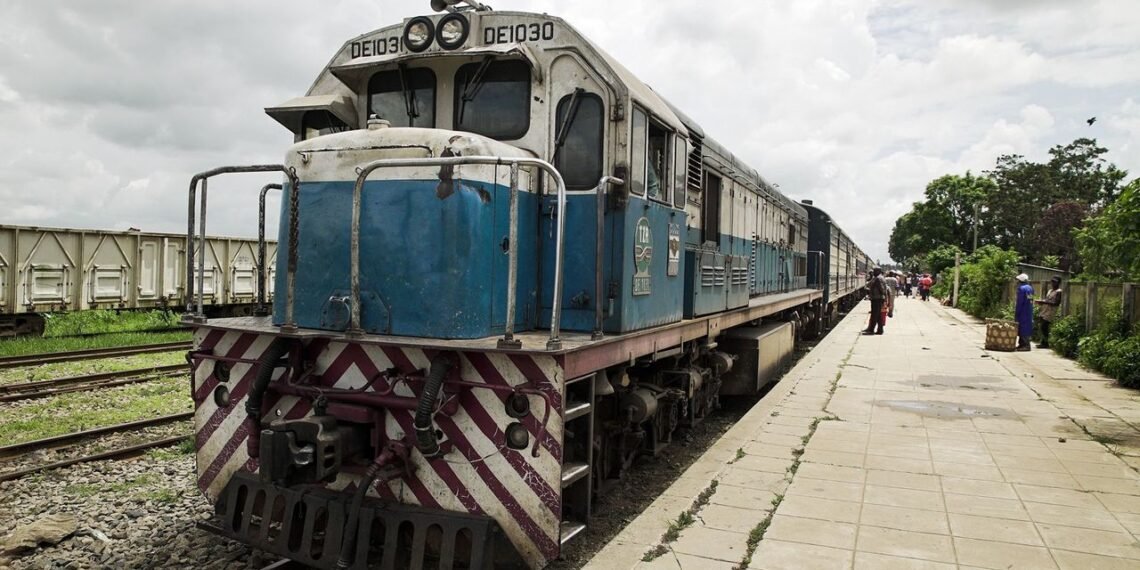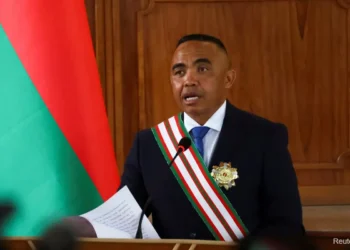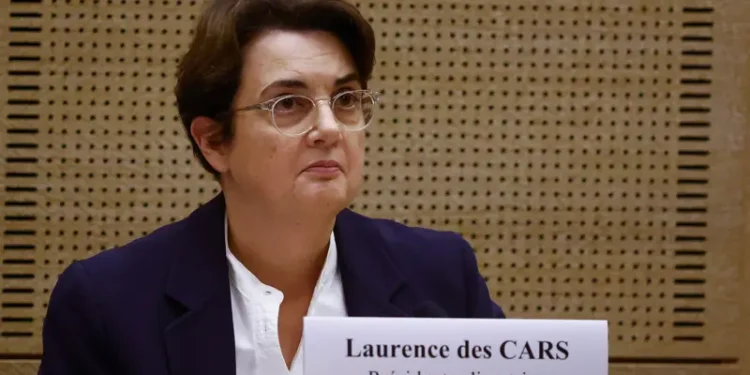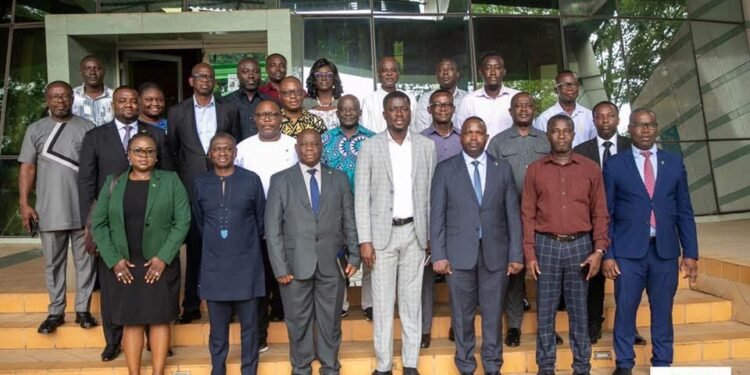China, Zambia, and Tanzania have entered into a landmark USD 1.4 billion agreement to rehabilitate the Tanzania-Zambia Railway Authority (TAZARA), a crucial transport lifeline plagued with operational challenges. The deal, signed in Beijing on Monday, aims to restore, upgrade, and modernize the railway, which has historically served as a vital conduit for copper exports from Zambia and neighboring countries.
According to an official statement released by TAZARA in Dar es Salaam, the project’s initial investment amounts to USD 1.1 billion, with an additional USD 238 million set aside for reinvestment. The project will cover the 1,860-kilometer stretch from Dar es Salaam, Tanzania’s key port city, to New Kapiri Mposhi in Zambia’s Central Province.
The scope of the rehabilitation includes overhauling the single-track line, upgrading major workshops, and maintaining the existing infrastructure. As part of the modernization, TAZARA will also acquire 34 new locomotives, 16 additional passenger coaches, and 760 cargo wagons. This move is expected to significantly increase the railway’s efficiency and overall capacity.
Zambian Transport and Logistics Minister Frank Tayali said, “This project is not just about restoring the infrastructure, but about reigniting regional integration, economic growth, and shared prosperity.” Tayali also underlined that the initiative would create opportunities for youth, enhance institutional capacity, and deepen international partnerships.
Tanzania’s Transport Minister Professor Makame Mbarawa highlighted the wider benefits of the agreement, stressing that it would stimulate trade between the two Southern African Development Community (SADC) members.
Meanwhile, Dai Hegen, Chairman of China Railway Construction Corporation Limited (CRCC), reiterated China’s long-term commitment to Africa’s infrastructure, pointing to the firm’s previous successful ventures across the continent. The rehabilitation of TAZARA reinforces China’s enduring ties with Tanzania and Zambia, dating back to the railway’s construction.
The TAZARA railway was constructed between 1970 and 1975, and financed and supported by China. At its completion, it became the longest railway in sub-Saharan Africa and stood as the largest single foreign-aid initiative by China at the time. The original construction cost of USD 406 million would equate to around USD 3.29 billion today.

Regional Trade And Strategic Importance
Despite experiencing a decline in traffic following the end of apartheid and the emergence of alternative transport routes, TAZARA continues to play a central role in regional commerce. The railway remains a critical bulk transport route for Zambia’s copper exports, as well as imports and exports for Malawi, the Democratic Republic of Congo, and other countries.
The railway was designed to handle up to 5 million tonnes of freight annually, though current operations remain below capacity. For the 2024/2025 financial year, TAZARA has set targets of transporting approximately 350,000 tonnes of cargo and 3.43 million passengers.
The revitalization project comes at a time of growing competition over transport corridors in Africa. Last year, China signed an initial agreement to revive the five-decade-old railway, even as the United States began backing a rival route through Angola’s Lobito Corridor. By bypassing bottlenecks in South Africa’s transport network, the TAZARA line offers a reliable alternative for copper and cobalt exports vital to global supply chains.
As the rehabilitation begins, the $1.4 billion deal is expected to breathe new life into the TAZARA line, reaffirming its historical significance while positioning it as a cornerstone of regional integration, trade, and economic growth for decades to come.
READ ALSO: Government Raises Stakes in Galamsey Fight with Stern Warnings























